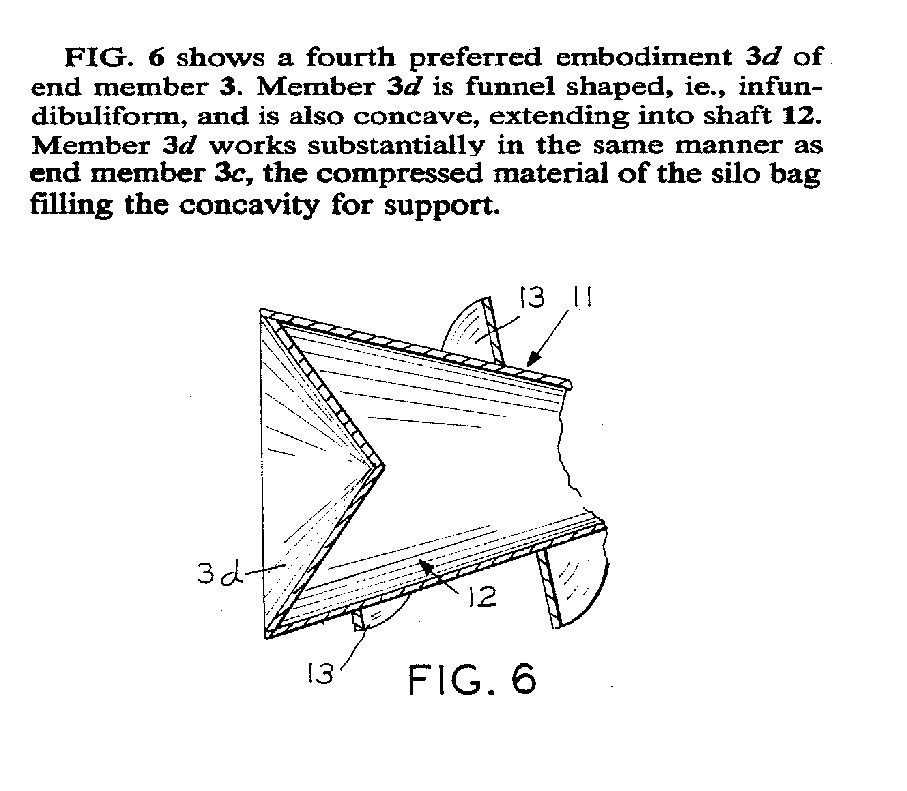In Medtronic, Inc. v. Barry, [2017-1169, 2017-1170] (June 11, 2018) the Federal Circuit affirmed-in-part and vacated-in-part two PTAB Decisions finding that the Board erroneously concluded that asserted videos and slides were were not prior art because
the Board did not fully consider all the factors for determining whether the video and slides were publicly accessible.
The patents in suit, U.S. Patent Nos. 7,670,358 and 7,776,072 are directed to methods and systems for ameliorating aberrant spinal column deviation conditions. After being sued for infringement, Medtronic instituted two IPRs relying in part on a video demonstration and a related slide presentation to spinal surgeons at various industry meetings and conferences in 2003. The Board found that the video and slides, although presented at three different meetings in 2003, were not publicly accessible and therefore were not “printed publications,” in accordance with 35 U.S.C. § 102.
The determination of whether a document is a “printed publication” under 35 U.S.C. § 102(b) “involves a case-by-case inquiry into the facts and circumstances surrounding
the reference’s disclosure to members of the public. There are many ways in which a reference may be disseminated to the interested public, so public accessibility is the touchstone in determining whether a reference constitutes a ‘printed publication’
bar under 35 U.S.C. § 102(b). A reference will be considered publicly accessible if it was ‘disseminated or otherwise made available to the extent that persons interested and ordinarily skilled in the subject matter or art exercising reasonable diligence could locate it.
The Federal Circuit noted that the distribution of certain materials to groups of people at one or more meetings presents a slightly different question than references stored in libraries, and that in the former, the publication need not be easily searchable after publication if it was sufficiently disseminated at the time of its publication. The Federal Circuit identified several relevant factors from the case law, including (1) whether the copies were freely distributed to interested members of the public; (2) any expectations of confidentiality; (3) the length of time the display was exhibited, (4) the expertise of the target audience (to determine how easily those who viewed the material could
retain the information), (5) the existence (or lack thereof) of reasonable expectations that the material displayed would not be copied,” and (6) “the simplicity or ease with
which the material displayed could have been copied.”
The Federal Circuit said the record does not show that the Board fully considered
all of the relevant factors, including effect of the differences in the various disclosures. The Federal Circuit said that the nature of those meetings, as well as any restrictions on
public disclosures, expectations of confidentiality, or, alternatively, expectations of sharing the information gained, can bear important weight in the overall inquiry. For these reasons, the Federal Circuit vacated the Board’s finding that the video and slides are not printed publications and remand for further proceedings.

